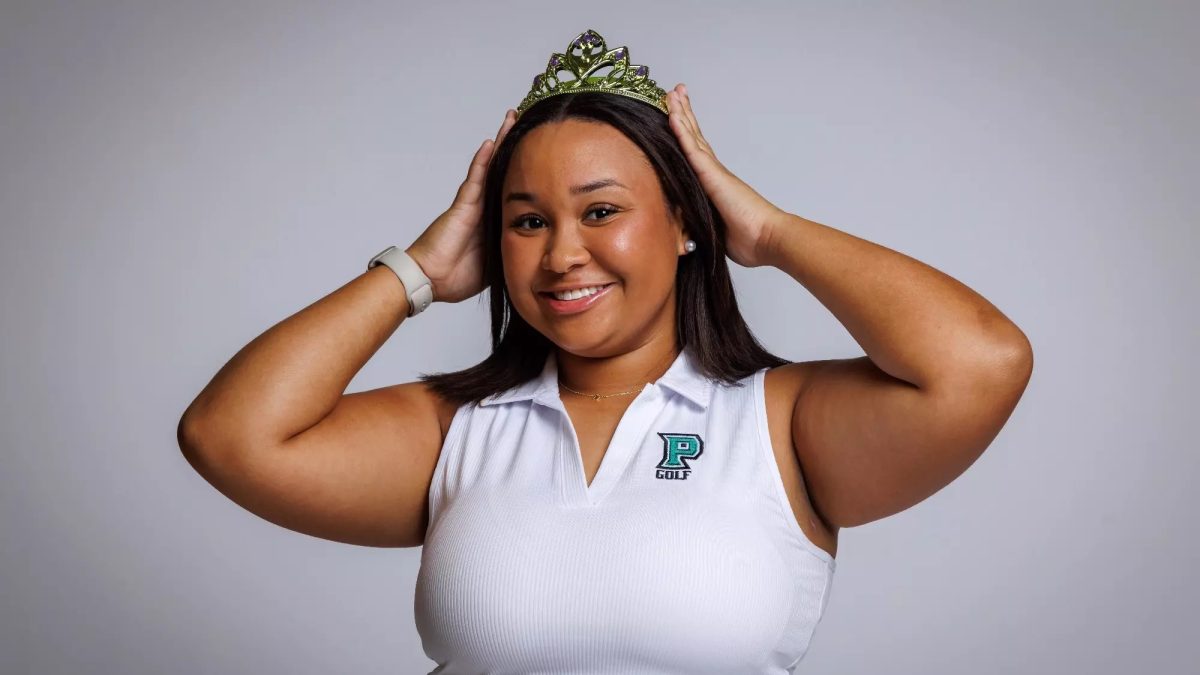CAMMIE BAGLEY Executive Director & News Editor
There is often a stereotype that surrounds domestic violence assuming that it only occurs if a man is physically harming his wife, however, it is a much broader term, as it includes emotional, physical and sexual abuse.
The Department of Justice defines domestic violence as, “a pattern of abusive behavior in any relationship that is used by one partner to gain or maintain power and control over another intimate partner.” These acts of inter-partner violence have become a social issue in the United States that affects men and women of all ages, races, ethnicities and socioeconomic statuses.
It can happen to both men and women, however, according to the National Coalition Against Domestic Violence, women are the primary victims with 85 percent of domestic abuse being committed against women by men. Director of Circle of Hope Suzanne Dow said that domestic violence has two levels.
“I feel like a true domestic violence case doesn’t just have physical, mental or financial abuse, it also has this element of power and control in which the abusing partner has this mentality of this is my property,” she said. “They may track their time, who they talk to, tell them what to wear and there’s this whole power and control situation and victims feel like they have nobody. They’ve been isolated from family and friends so they feel so alone and dependent on this person whose treating them so badly.”
The other level of domestic violence is when there is no power and control, but rather an act of abuse in a specific instance that may or may not happen again. Either way, victims that have experienced domestic abuse need help with healing from the trauma that they’ve experienced.
Emotional abuse can cause psychological harm because it targets the victim’s thoughts about themselves and the way they live their life. Ways that abusers may do this could be name-calling, blaming the victim for things that are out of their control, monitoring their technology use and other parts of their life or switching from abusive behavior to non-abusive to apologize or earn trust, according to the Georgia Coalition Against Domestic Violence.
On the other hand, physical abuse is harming another person through physical contact. This could include pushing, strangling, burning, hitting and forcing acts such as drug use or self-harm upon another person. Another type of violence that physically affects a victim is sexual abuse. This includes any type of forceful sexual activity, making threats or taking advantage of a victim who isn’t in a position to give consent, according to the American Psychological Association.
Dow said that while there is no specific race, ethnicity, religious affiliation or education status that makes someone more likely to be a victim of domestic violence, there is a more common age range when abuse begins. She said that between the ages of 16 and 24 is when many of the abusive relationships start.
“A lot of the stuff starts in a high school relationship and then they get married and it may not have happened when they were dating, but when they get married the abuse starts,” she said.
For more information about different types of domestic violence, visit ncadv.org.







